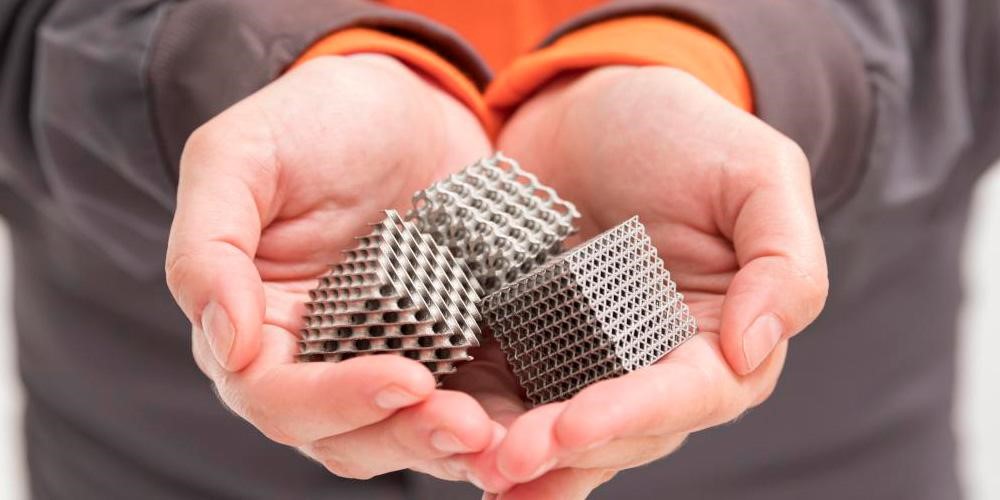

According to Colin Hautz, CEO of ArcelorMittal Powders, prioritising the use of steel materials over aluminium is advisable for optimising additively manufactured parts.

Hautz emphasised ArcelorMittal's rationale for venturing into the additive manufacturing sector and aimed to elucidate the advantages of utilising steel rather than aluminium in part production.
ArcelorMittal, a global leader in steel manufacturing, aims to set itself apart in the additive manufacturing market by specialising in producing steel powders. This strategic focus is anticipated to enable the company to facilitate users of additive manufacturing in harnessing multiple benefits associated with steel utilisation, according to Hautz.
Hautz said, “I don’t have anything against aluminium, but from my mind, you should think steel first. I say that because the volume of material you will need to print for the part will be smaller, your printing time will be lower, and your printing cost will go down. Maybe the steel part is a bit heavier, but you’re printing faster, and then the question comes, ‘How much weight reduction do you want, and how much is it worth?’ Looking at that cost balance is the question.”
ArcelorMittal is entering the additive manufacturing market, understanding that while additive manufacturing offers excellent potential, users must prioritize their specific needs. One crucial aspect driving manufacturers towards additive manufacturing is lightweight. Hautz highlights that steel possesses greater strength density than aluminium, implying that producing a part with steel would require less material volume than aluminium. This reduction in material usage presents a potential cost-saving opportunity, which ArcelorMittal aims to deliver to its customers.
“Steel is still the main material in cars despite aluminium chasing that market with lightweight for the last 20 years,” Hautz said.
“And we’ve gotten there by continuously improving the solutions and materials. When we look at the total cost of the finished part and what it has to do, the first engineering question should be, can I do it in steel? If the answer is no, I can go to aluminium or look at steel and aluminium and then play the balance off cost versus weight.”
In the industry, there's a notable trend of aluminium increasingly supplanting steel across various products and applications. Additionally, aluminium remains one of the favoured materials for additive manufacturing (AM). Considering this landscape, how do experts in the aluminium industry respond to Colin Hautz, CEO of ArcelorMittal Powder, who advocates prioritising steel over aluminium for optimal additive manufacturing?
Responses








